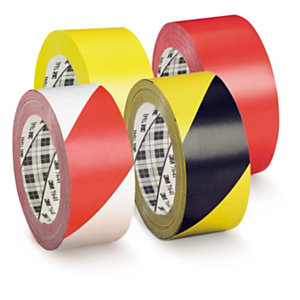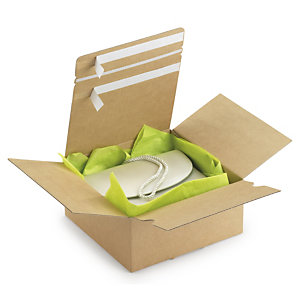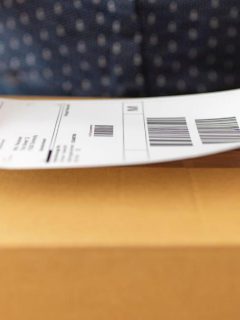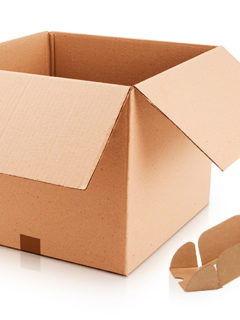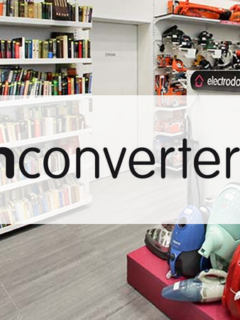There are many unknowns in the face of the new normality that will be established with the remission of the coronavirus pandemic. But there is already an undeniable certainty that has been brought about by the imposition of social distancing measures, and which is here to stay: the growth of online sales. The closure of physical shops and prudence, which advises limiting trips to the street, are pushing consumers to make their purchases from computers, tablets and smartphones. For e-commerces, this poses a twofold challenge:
- Satisfying growing demand in a context of problematic smooth working conditions and difficulties in the supply of materials and logistical routes.
- Respecting specific health and safety measures in the production, preparation and delivery of goods in order to minimise the risk of infection for employees, carriers and customers.
At RAJA® we want to be by your side, both to provide you with all the packaging products your company needs during this complex period, and to help you face these new challenges. Read on and solve your questions about packaging and order management during the COVID-19 crisis.
E-commerce and coronavirus: what’s in store for the coming months?
The consultancy firm Nielsen has identified six phases that mark the behaviour of societies in the fight against the disease. In countries such as Spain, we are currently in the fifth phase, a stage of limited movement that involves very sporadic purchases and stock-outs of some products. This time precedes the period of return to normality, marked by a permanent concern for health, the maintenance of hygienic habits and a preference for online transactions. All this in order to avoid crowded spaces, possible sources of spread of the virus, but also with the aim of accessing goods that are out of stock in physical establishments that are available in direct dealings with the producer.
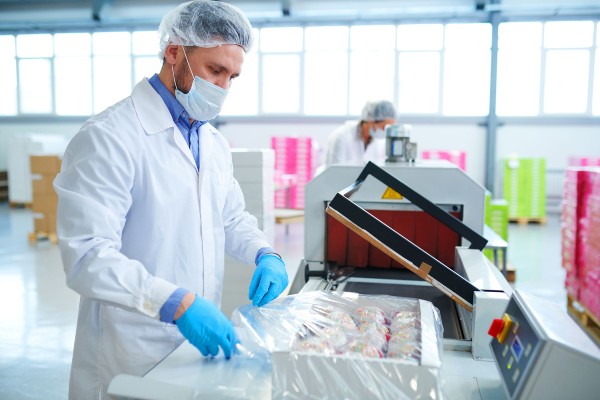
how is the implementation of containment measures reflected in e-commerce? The first data already point to some clues:
- The purchase of food products online, almost anecdotal so far in Spain, has skyrocketed in our country with the implementation of the state of alarm. Nielsen notes that spending on online purchases of so-called Fast Moving Consumer Goods (groceries, cleaning and personal care items) increased by 62% in the first week of the quarantine, compared to an equivalent week the previous year.
- In mid-March, Amazon announced the hiring of 100,000 new workers in the US to cope with the expected upturn in demand. A month later, it has announced the addition of 75,000 more employees, as well as an improvement in staff salaries.
The European Federation of Corrugated Board Manufacturers (FEFCO) has calmed the mood, stating that there will be no shortage of corrugated board to supply industries in strategic sectors such as food, pharmaceuticals and medical equipment. Meanwhile, the Association of Logistics Operators of Eco-Sustainable Reusable Elements (ARECO) reported that in the second half of March, the demand for reusable boxes for the distribution of fresh produce in Spain grew by 25%. According to ARECO, “around 12.5 million more containers were moved, which is equivalent to 125,000 tonnes more products”.
Best practices in e-commerce for the COVID-19 crisis
For companies with an online shop, maintaining business during the state of alarm requires changes in work organisation and the following e-commerce best practices for these times of coronavirus:
1.protective measures in order preparation
The picking area should be equipped with the basic products for hygiene and safety of the operators:
- Accessories for frequent hand washing, using soap and water or hydroalcoholic solutions, and disposable tissues.
- Personal protective equipment, including disposable gloves that must be renewed regularly. With regard to masks, the Government clarifies, in its latest guide to good practice in workplaces, that their use is not essential if the type of work does not require it and if a minimum interpersonal distance of two metres is maintained.
- If the recommended two-metre separation cannot be maintained, it is recommended that workforces be divided and work shifts staggered, or that partitions be installed to isolate individuals from each other.
The government also urges not to share equipment as far as possible and to disinfect furniture, tools and floors daily with these authorised virucides.
2.updating the conditions of service on the website
Lack of supplies, delivery restrictions or reduced availability of manpower inevitably affect the service of an e-commerce site during a state of alarm. In this contingency, transparency. Inform your customers by means of prominent messages on the home page of your website and on the product pages:
- The availability of the different articles.
- The expected delivery time, and whether delays are to be expected.
- The security measures in the order management and shipping protocols for each package.
- The option of receiving the products when the situation has normalised, or of accessing a refund if they are not available within a certain period of time.
- The conditions of withdrawal, return and application of guarantees.
An excellent tool to keep in touch with your customers and, at the same time, communicate any news related to your e-commerce are the mailboxes newslettersget into the habit of planning newsletters that periodically visit your subscribers’ mailboxes.
3.choice of packaging to simplify delivery
The activity of Correos and the main courier companies has been affected by the provisions of the State Government. In the case of the public company, extraordinary measures have been dictated that suspend deliveries on Saturdays and cancel afternoon shifts, concentrating distribution tasks in the mornings and organising them with the minimum essential staff. In this link you can consult the incidents in force related to the COVID-19 emergency.
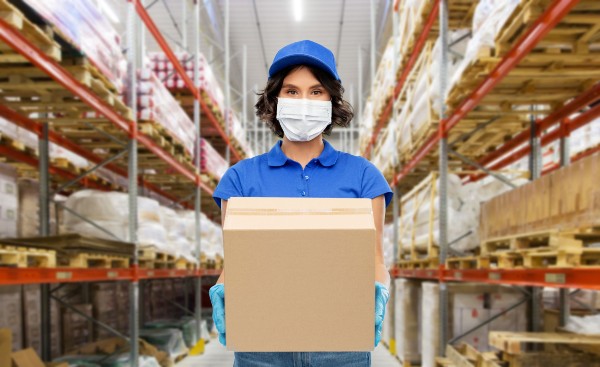
It is up to e-commerce businesses to select the most appropriate e-commerce packaging products to make the carriers’ task easier. Some useful tips are:
- Reinforce the protection ofitems with bubble wrap, filler chips or kraft paper to prevent damage during transit.
- Fit, as far as possible, orders into boxes or cases envelopesin this way, delivery drivers will be able to place them in the mailbox, without having to maintain physical contact with the recipient and completing their distribution route more quickly.
4.use packaging that facilitates returns
It is to be expected that, when the state of alert is over, a large number of consumers will want to return items they have purchased online during the quarantine. To once again make things easier for both individuals and courier companies, be proactive now and have your products delivered in containers that simplify reverse logistics, such as these RAJA® round-trip packaging.
5.presentation still matters… and perhaps more than ever before
Given the impossibility of physical interaction, dialogue with your customers through a spectacular presentation of your orders is more important than ever. That is why we invite you to remember the 8 keys to the perfect package for an e-commerce shipment and not to neglect them. What better way than to continue relying on EcoResponsible packaging, or to include personalised notes with encouraging messages for this quarantine, to pamper the relationship of trust between your brand and its loyal customers.
6.safety rules for home delivery
Finally, a series of preventive measures should be taken at the last link in the e-commerce chain: home delivery. To this end, the authorities provide the following recommendations:
Advice for deliverers
- Always put items in the letter box, unless they do not fit in the letter box or are to be delivered exclusively to the addressee.
- Ring the doorbell and take a few steps back before the person who answers the door opens the door.
- Write down the recipient’s details (name, surname and ID number) on the PDA and record the collection without signature.
- Leave the package on the doormat, the floor or the counter, respecting the safety distance.
- Work alone, with only one carrier per vehicle, and disinfect the vehicle daily.
Advice for consumers
- Wait a few seconds before opening the door to give the delivery driver room to move away.
- Choose to pay online at the time of purchase or, if cash on delivery, pay by card or mobile app.
- Wait for the courier to leave before taking the parcel and bringing it into your home.
- To remove the products, open the package, wash your hands, remove the items, discard the packaging, and sanitise your hands again before handling the items. Carefully clean the surface on which the shipment has rested.
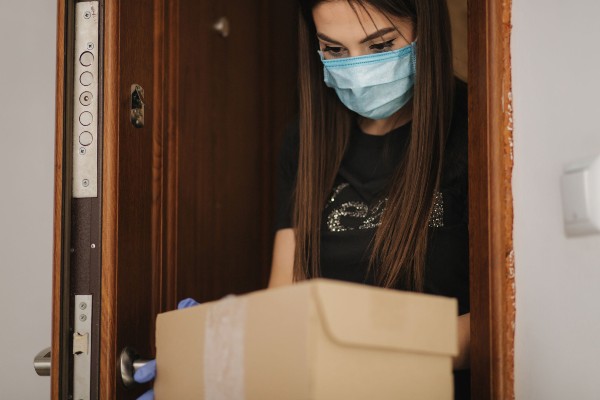
RAJA®, your 100% operational packaging supplier, now and forever
RAJA® understands the central role that packaging plays during the coronavirus crisis, which is why we are partnering with donations that make it possible to ship essential goods, and remain open, working at full capacity and 100% operational during the state of alert.
Ask us for whatever you need for the preparation of your orders. We will help your e-commerce to continue operating successfully during this stage of the fight against COVID-19











